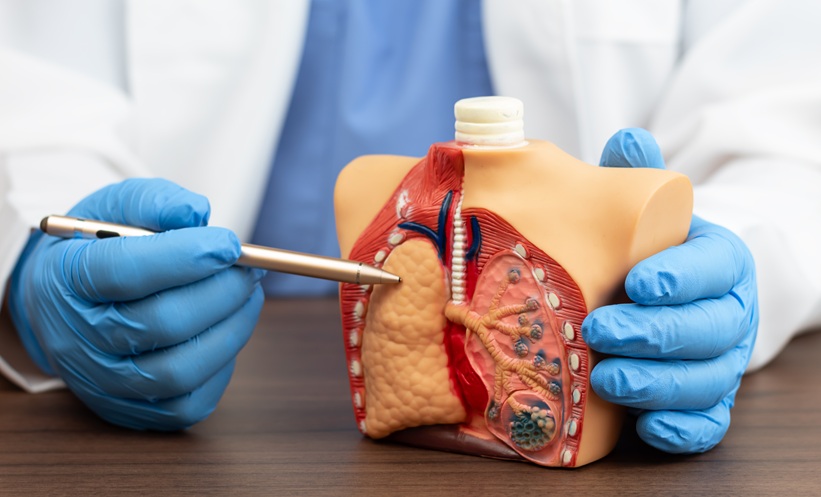EPIDURAL electrical stimulation (EES) could be used as an alternative to manual lung inflation and medication to combat breathing difficulties after opioid use. The current methods only work in the short-term and getting patients to breathe independently again is a challenge.
Opioid use can cause death by suppressing respiratory activity as they desensitise the brain stem to increases in carbon dioxide, which can cause respiratory failure and can be fatal. However, current pharmacological treatments can have a negative impact on the heart and central nervous system, as well as cause withdrawal symptoms.
Researchers from the David Geffen School of Medicine, University of California, Los Angeles (UCLA), USA, recruited 18 patients with degenerative spinal diseases, who had been anesthetised for surgical treatment, to see if EES can improve respiratory activity. The researchers continuously delivered 30 Hertz of EES to the spinal cords of these patients for a maximum of 90 seconds. When administered to the spinal cord, EES activates a network of neurons in the brain stem, stimulating the respiratory muscles and improving the rate and depth of breathing without pharmacological support.
The researchers discovered that short bursts of low-intensity EES increased breath volume and also controlled the rhythm and frequency. However, rhythmic breathing was only sustained briefly after EES when high-dose opioids had been used.
More studies with larger cohorts are needed to assess the practicality of EES and its impact on the reduction of ventilator use in acute pathological conditions such as stroke and spinal cord injury. Furthermore, experimental studies with mice will be conducted to determine the role that specific neurons play in response to EES.
Daniel Lu, senior author and Vice Chair of Neurosurgery at UCLA, believes that these results proof that cervical EES can be used to improve respiration after opioid use. He noted that “we can compare the human body to a car; our goal is to jump start the body so that it can run by itself without periodic pushes. We hope to use EES to provide novel approaches to restore breathing for healthcare providers as we are now using defibrillation devices for restoring cardiac activities.”








